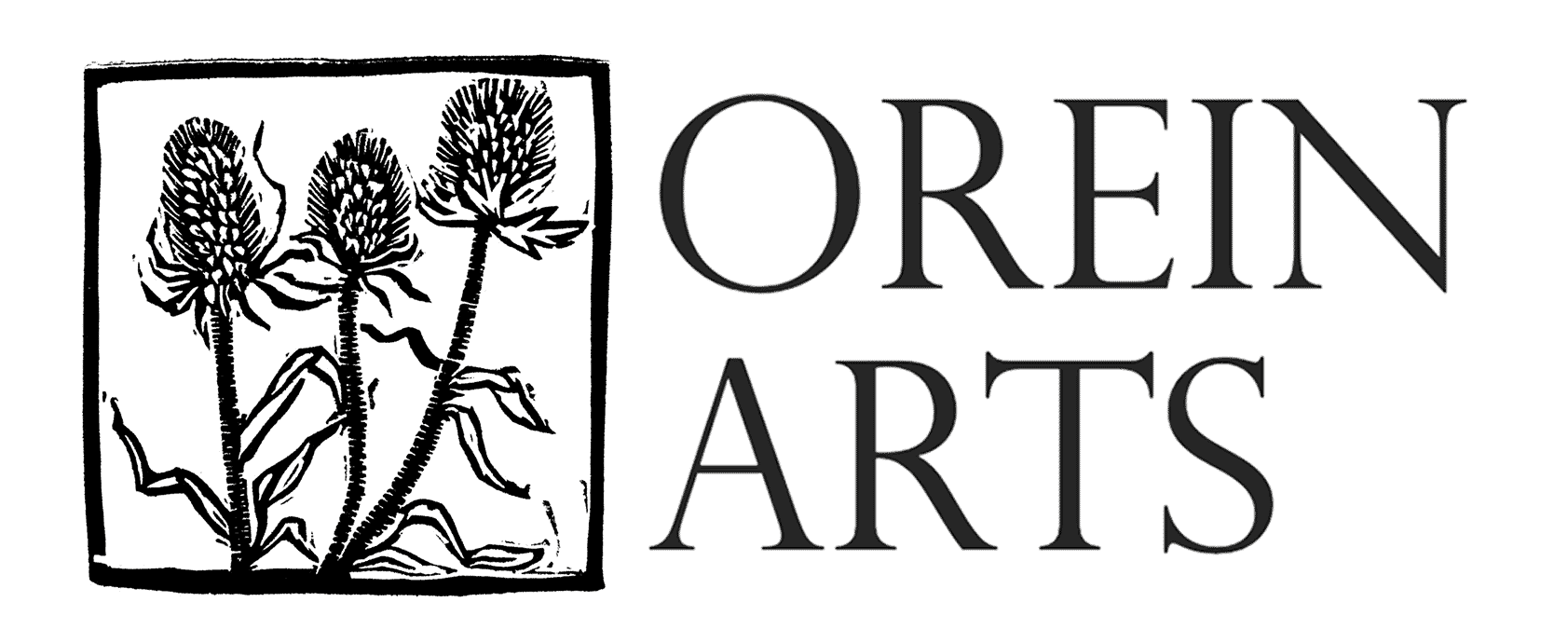
Fall 2025 • By EBB
Clown, Heal Thyself
Blowing Bubbles and the Holiness of Failure
Sixteen years following the Great Mollusk Incident of 2006, I am at an arts residency at Mt. Saviour, an active Benedictine monastery and farm in Elmira, New York. I find myself there, weary from graduate school and unsure of how I feel about organized religion. The book Discovering the Clown by Christopher Bayes lies in my suitcase. I tell the group of artists there, without thinking too hard, that I am interested in exploring clowning and shame. They nod approvingly, which surprises me. I read Bayes’ book and feel agog at sentences like,“The clown does not live in the clever or desperate muscles. It lives in your simple, soft, little hopeful lemon-headed vulnerability.” Somehow, the work of my life feels distilled into this short tome.
I present a clown exercise to them that Christopher Bayes calls “The Greatest Trick in the World”, wherein your clown demonstrates a trick that is actually quite hard for them to do, and that they will likely fail at. I have recently learned that at the ripe old age of 28, I am unable to blow bubbles. I either forgot or never really learned. Either way, I decide this is a suitable challenge for my inner clown. I present the pink bottle of bubbles to the artists and instinctively bring the wand to Brother Bruno in the audience. I hold it up to him so he can try. I notice bubble solution dripping onto his robes. He blows with no success, and I laugh.
I think back on this moment with Brother Bruno, and the story of the bleeding woman comes to my mind: the one who grasps onto Jesus’ robes, hardly daring to hope he would turn around. If I could only touch God, I would be healed. I spilled my humanity onto Christ, and not only did he turn, but he wanted to join me in my game.︎
—Emma Brown Baker, Theater, Orein ‘23
(Originally published in full at Mockingbird. Photo by Corrie Aune)
Next Field Note ︎︎︎
